A short guide to fascia
When we started regularly practising yoga in London twenty years ago, the words 'yin' and 'fascia' were rarely, or never, uttered. Roll on two decades and fascia, or connective tissue, has become a buzzword in the yoga world. So, what is fascia and how is it relevant to yoga practice?
Fascia and Yoga
What is fascia?
Fascia, meaning 'band', is a vast network of fibrous connective tissue within the body. Our fascia weaves our muscles, bones, organs, nerves, and blood vessels together into a 100% interconnected network that is much more whole than it is separate (source: Yoga International).
Fascia and muscles are often referred to as separate entities. In reality, however, our muscles are interwoven with three layers of connective tissue that form together at the end of a muscle, to become its tendons. It is more accurate to refer to a muscle as 'a myofascial unit'.
How does yoga influence fascia?
When we move the body in yoga, we are employing both our muscles and our fascia, rather than one or the other. Such is the interconnectedness of the body that a network of large myofascial chains are responsible for our body's movement, rather than a particular muscle or tissue.
Whilst yin yoga – a gentle yet deep, floor-based approach to yoga where postures are held for some minutes at a time – is most associated with working with fascia, any movement, or position, will have an impact on our connective tissue.
Inner perception
Beyond the purely physical, fascia plays the extraordinary role of helping the body to sense, from the inside out. This inner vision, called proprioception, is sometimes referred to as our sixth sense; an inner vision that allows the brain to sense the body accurately, meaning that, at any one time, the brain is aware of the body in space. This means our movement through life is more skilful and our chance of injury is less.
Variety in movement
It is important to keep varying the way in which our body moves. Too much repetitive activity (be it running, too many chaturangas, eight hours of computer work every day) leads to fascia growing weaker and more prone to injury.
If we instead feed our fascia a wide array of movements—from non-repetitive yoga and therapeutic exercise to walking on varied terrains to climbing rocks and trees to regular bodywork and massage—our fascia will respond by adapting to this diversity of movement input and it will grow stronger and more resilient.
Movement variability and high quality proprioception are some of the most powerful tools we can utilize when it comes to aging gracefully in our bodies.
This blog post is based on an article about fascia from Yoga International:
https://yogainternational.com/article/view/yoga-anatomy-what-every-teacher-and-practitioner-should-know-about-fascia
By Lucia Cockcroft, Satvada's co-founder. Satvada Retreats runs yoga and meditation retreats in Norfolk, Croatia and Morocco.

